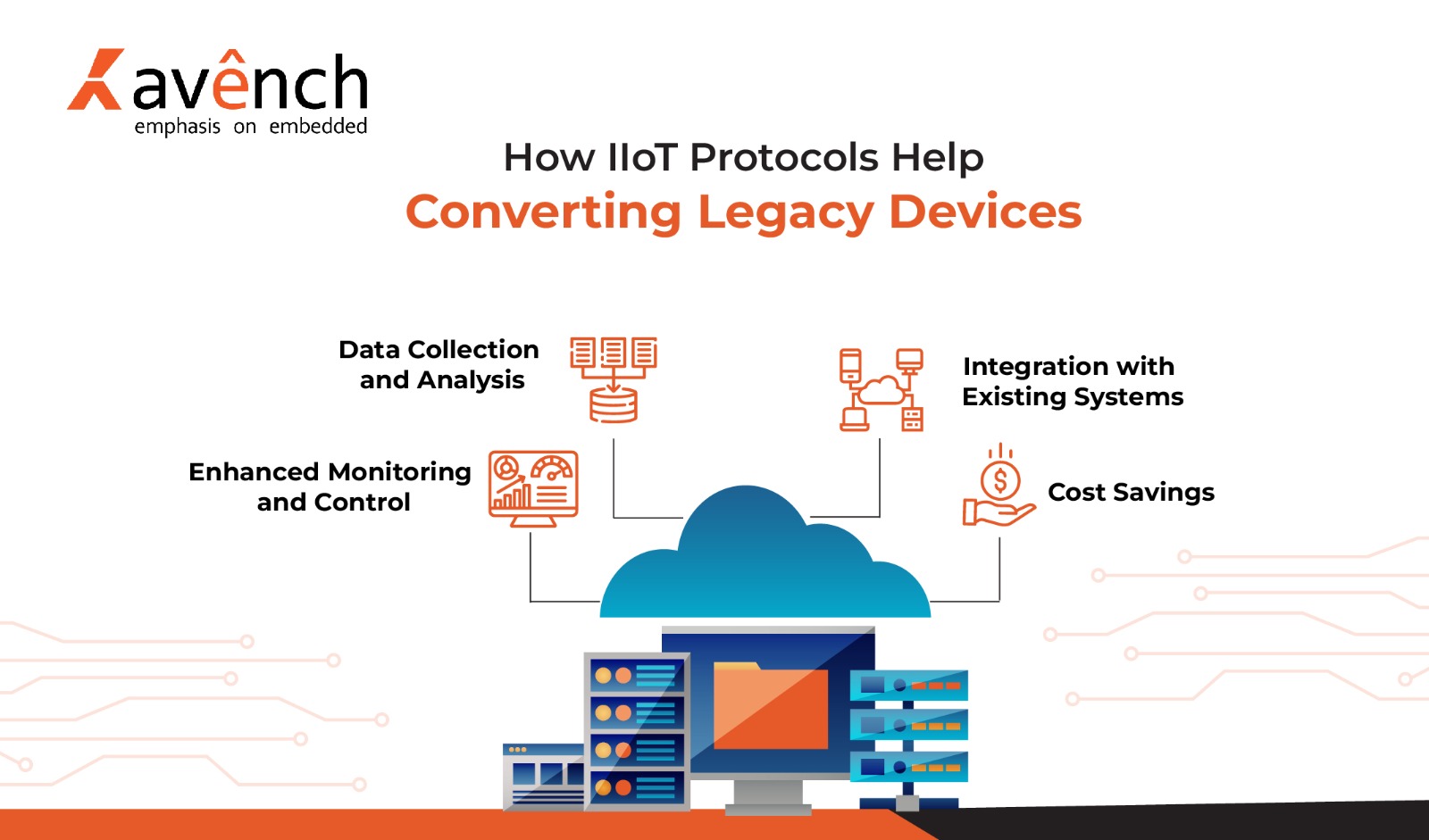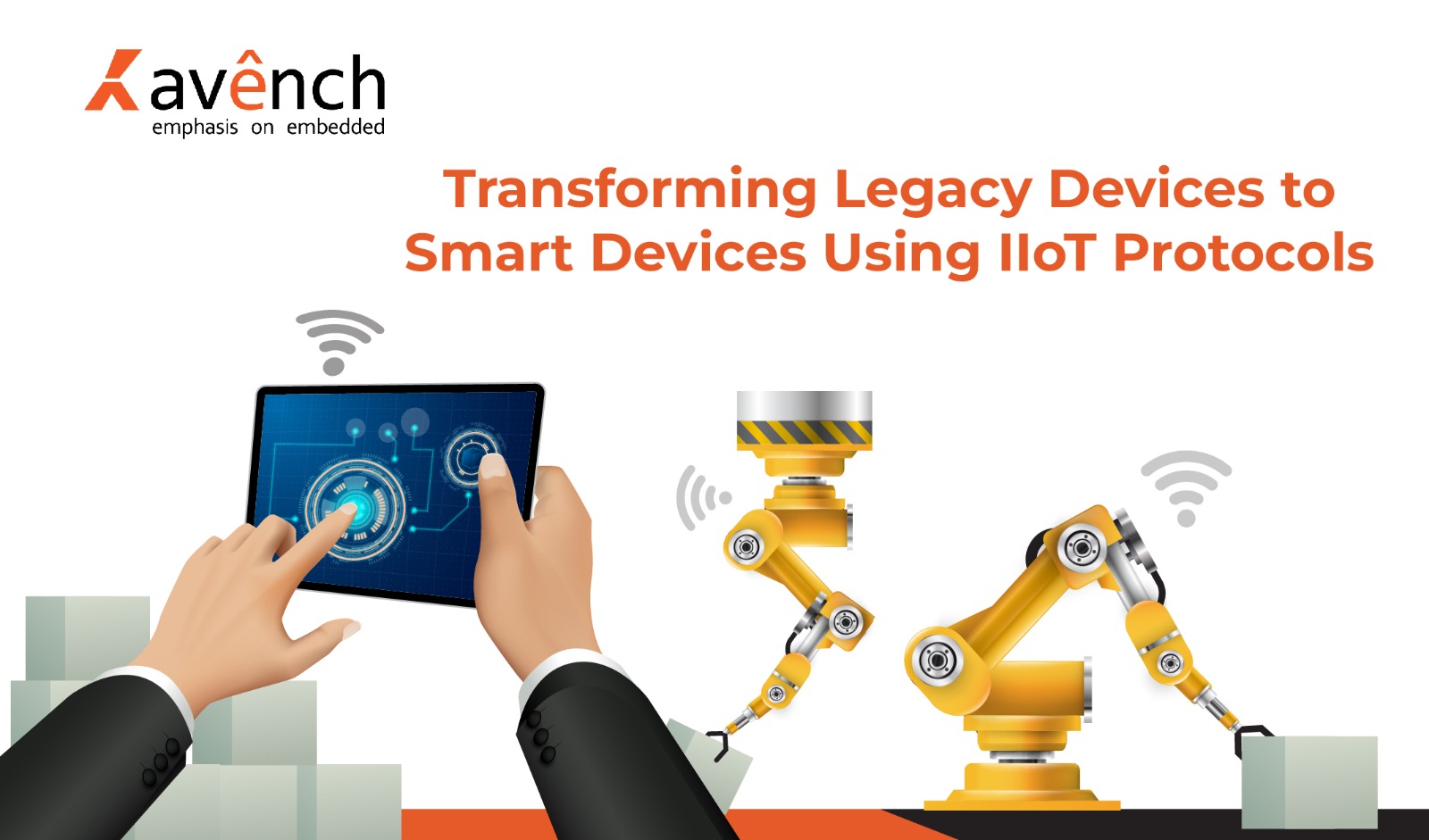The Industrial Internet of Things (IIoT) is changing how industries operate, allowing for increased connectivity and efficiency in various processes. Businesses are looking for IIoT solutions that can help upgrade their legacy systems and allow them to connect with modern devices to increase productivity. This is made possible with the help of new communication standards known as IIoT protocols.
Let’s dive deeper into how IIoT protocols are essential in upgrading legacy devices and why businesses need to stay updated with the latest technological advancements.
Understanding Legacy Devices
Legacy devices are typically older machines or equipment that pre-date the IoT era. These devices were not originally designed to communicate with other devices or connect to the internet. They often lack the necessary connectivity options, making them incapable of exchanging data with other devices or systems.
However, many of these legacy devices still have significant operational value. They may have been built to last and have a reliable performance history. Rather than replacing them entirely, it is often more cost-effective to upgrade them with IIoT protocols.
What are IIoT Protocols?
IIoT protocols are sets of rules and guidelines that define how devices should communicate within an IIoT network. These protocols provide a language for different devices to understand each other’s data and instructions. Let’s explore some IIoT protocols commonly used in iiot in industrial automation:
Modbus
Modbus is a widely used serial communication protocol originally developed for industrial applications. It has evolved and is now commonly used in industrial automation. It is a simple and lightweight protocol, making it easy to implement and suitable for resource-constrained devices.
MQTT (Message Queuing Telemetry Transport)
MQTT is a lightweight messaging protocol designed for efficient communication between devices with limited resources. It follows a publish-subscribe model, where devices publish messages to a broker, and other devices subscribe to receive those messages.
LoRaWAN (Long Range Wide Area Network)
LoRaWAN is a low-power, wide-area protocol that enables long-range communication between devices. It is commonly used for iiot applications that require low power consumption, long-range connectivity, and efficient data transmission over large areas.
CoAP (Constrained Application Protocol)
CoAP is a lightweight application-layer protocol for constrained devices in low-power, lossy networks. It allows devices to interact with each other using simple HTTP-like methods.
OPC UA (OPC Unified Architecture)
OPC UA is a widely adopted industrial communication protocol that provides a secure and open architecture for exchanging data and information in industrial systems.
How IIoT Protocols Help Converting Legacy Devices

In the past, legacy devices faced challenges when it came to communicating with modern systems due to incompatible technologies. However, with the use of IIoT protocols, these legacy devices can now connect easily with other smart systems. This allows businesses to make use of their existing (often expensive) equipment while still benefiting from new technology.
Converting legacy devices to smart ones through IIoT protocols provides a range of benefits for businesses:
Enhanced Monitoring and Control:
By connecting legacy devices to the iiot, businesses gain real-time visibility into operations. They can remotely monitor and control these devices, enabling proactive maintenance, reducing downtime, and optimizing resources.
Data Collection and Analysis:
Legacy devices can generate a wealth of valuable data, which was previously inaccessible. By incorporating IIoT protocols, businesses can collect and analyze this data to gain insights and make informed decisions. This information can be used to improve operational efficiency, predict maintenance needs, and optimize processes.
Integration with Existing Systems:
IIoT protocols facilitate the integration of legacy devices into existing network infrastructures. This allows for seamless communication between legacy devices, modern systems, and other smart devices. Legacy devices can become part of a larger ecosystem, contributing to the overall efficiency and effectiveness of the system.
Cost Savings:
Converting legacy devices to smart ones can be a cost-effective alternative to replacing them entirely. Upgrading legacy devices with IIoT protocols extends their lifespan and functionality, reducing the need for expensive replacements. This approach allows businesses to leverage their existing investments and maximize their return on investment.
Conclusion
By partnering with an IIoT solutions provider like Avench, businesses gain access to a team of skilled engineers and domain experts who analyze existing infrastructure to identify suitable IIoT protocols. Using their experience in different industries, Avench can help businesses convert their legacy devices to smart ones.
Avench, as one of the leading embedded companies in the United States, specializes in embedded product design. For more information on industrial iot gateway subscribe to our blog. For sales queries, contact us at +1 (775) 404-5757 or email sales@avench.com. We are here to assist you.

